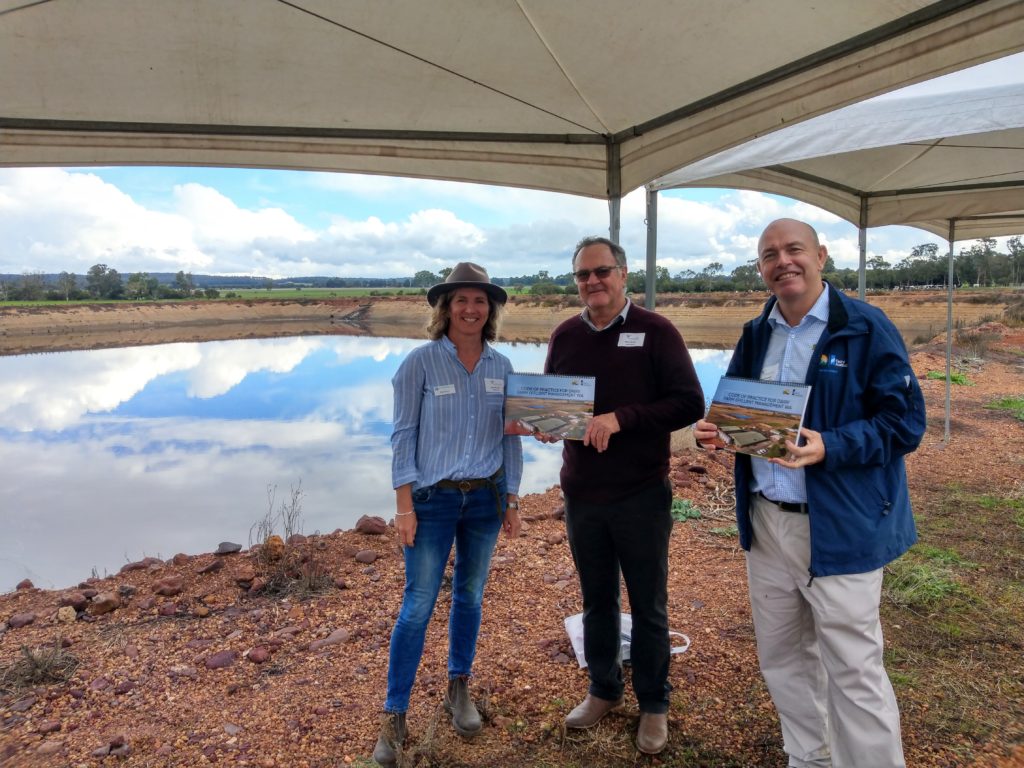The Western Australian dairy industry has shown its commitment to reducing the environmental impact of dairy farm effluent with its release of a revised Code of Practice for Dairy Farm Effluent WA.
First developed in 2012 by Western Dairy and the Department of Water and Environmental Regulation (DWER), the Code provides clear standards for effluent management on dairy farms across WA.
The Code was extensively reviewed in 2020 by dairy farmers, milk processors, State and local government agencies, and dairy industry stakeholders. It now better aligns with government guidelines, current best management practices, and meets industry and community expectations.
Western Dairy chair and Jindong farmer Peter Evans said the Code would help farmers determine whether their existing or proposed effluent system met industry standards, while recognising site differences.
Mr Evans said farmers were already demonstrating their commitment to meeting the high standards and had invested heavily in effluent separation, storage and application technologies in recent years.
“The Code also encourages farmers to use effluent to meet the nutrient needs of their pasture, which benefits not only the environment but their business bottom line,” he said.
Western Dairy project manager Dan Parnell said the Code was a valuable tool for use by milk processors and retailers in their quality assurance processes and would help meet consumer expectations for environmentally sustainable food production.
“Western Dairy will continue to provide technical advice on effluent management to farmers and the industry through DWER’s Healthy Estuaries WA program,” Mr Parnell said.
“We have seen 31 farms upgrade their effluent systems over the past four years, and many more undertaking reviews and developing plans in that time.”.
DWER DairyCare project coordinator Bree Brown said the ongoing partnership with industry had been critical to improving effluent management in WA. “The updated Code provides dairy farmers with clear standards on the expectations of industry, government and the broader community. It also encourages innovation and a flexible approach for farmers to meet the standards,” Mrs Brown said.

